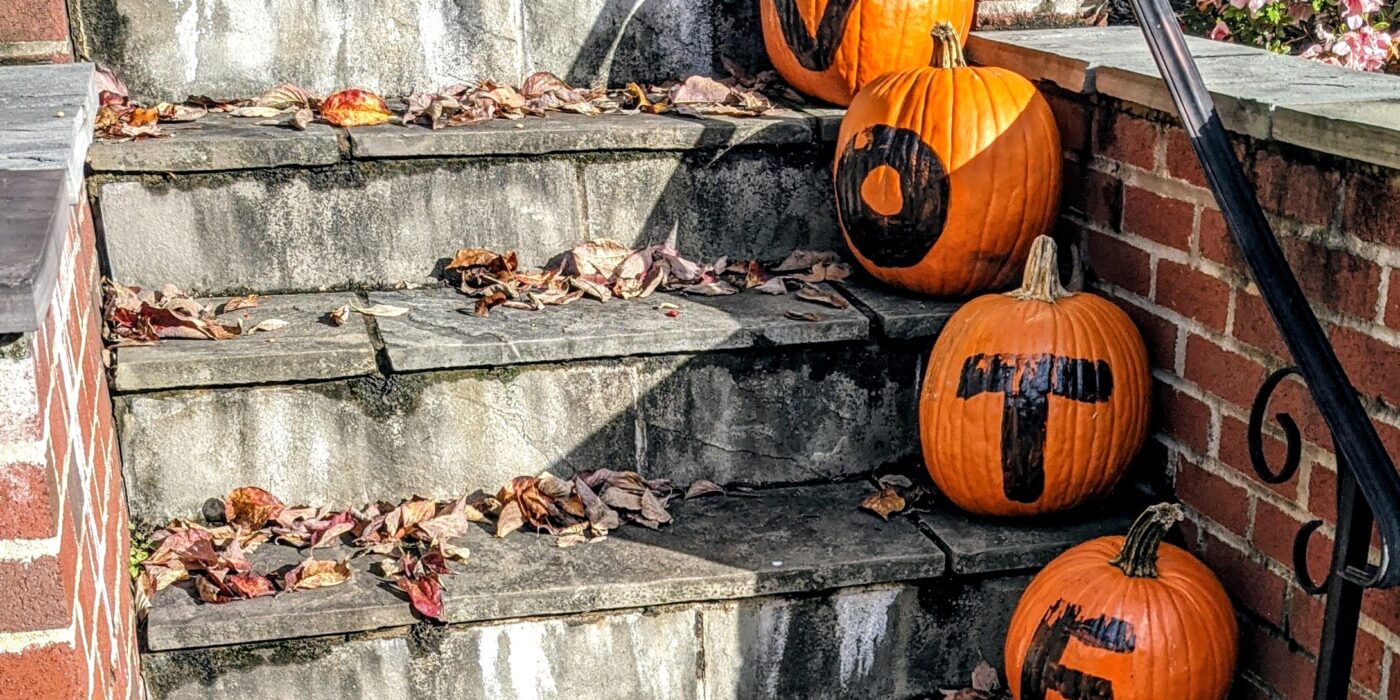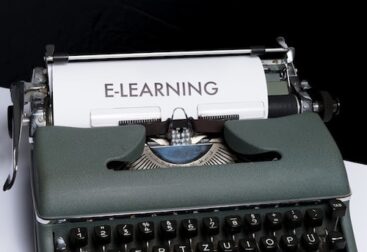Electoral college? Swing states? Primaries? What about a caucus? These terms did not make sense to me as someone who grew up in the Philippines, where the electoral system is based on the more straightforward popular vote. Despite having lived in the US for a total of over six years and through three presidential elections – and in Washington, DC, at that – I have only observed the country’s complicated politics from the sidelines.
But the socio-political tumult in the last four years and even more so in the last few months, having to stay home due to the pandemic, and the past week’s protracted ballot-counting have forced me to pay closer attention to American politics. Also, I caved in to finally having a television as a friend lent me a flatscreen TV last month.
Back in November, I had one course left in my graduate program in learning design, and should have been focusing on how to use and manipulate the Viterbi algorithm for an introductory course in natural language processing. Instead, I was transfixed by TV, news websites, and Twitter since the election day, like the rest of the nation and perhaps the world, occasionally tweeting my own take on the election to cope with our collective anxiety. With my background in instructional design, and the amount of time I spent in front of screens big and small – consuming content on counties and paths to victory – I’ve been thinking a lot about my own learning behavior and wondering how to turn the momentous event into an educational opportunity.
Adapting the credential system
Traditional education systems work by requiring students to register for courses at the start of the semester. These are predetermined subjects that count toward one’s program of study. The opportunity to learn adjacent intellectual interests may be pursued through electives and independent research studies, often in later semesters or years. For good reason, students give priority to officially registered for-credit courses because they will be assessed and receive a grade according to their performance in them. This often relegates to the sidelines any spontaneous and serendipitous topics that pique students’ interest during the semester, only to be pursued during one’s free time, or worse, dismissed altogether so they can focus on more pressing assignments and deadlines.
Educational institutions should adapt the traditional credit system to accommodate these spontaneous learning opportunities. This would encourage self-directed learning among students. What differentiates this “freelective” from independent study is the flexibility to choose what to study based on ideas students encounter at any point during the semester or the academic year, and earn credentials toward their degree as they and the faculty see fit. Learning should not be constrained by the calendar and administrators’ convenience, only starting in late August and January, and ending by December and May. In November, students were in the final stretch of the fall semester, or in my case, my graduate program, with no leeway in earning credits to officially document learning. On the brighter side, ePortfolios can showcase students’ academic and extracurricular projects, which universities and potential employers now consider as valid evidence of learning.
Remote learning by remote control
Campus closures due to the pandemic and the subsequent shift to online learning have further limited students’ physical and intellectual spaces for discovery. I have been glued to my phone and TV, especially this first week of November in the lead up to the Election Day and the ballot counting that never seemed to end. Only after spending many hours watching political analysts did I become familiar with the location of each state, capital, and even the county to which it belongs. While the whole nation was gripped with anticipation to learn the results in the swing states, I soon found myself googling how they have voted in the past presidential elections. This taught me how people’s voting tendencies sometimes hinged on the candidate despite their party affiliation. Meanwhile, determining candidates’ winning paths was a virtual exercise on probabilities. I also learned how nuanced US politics can be where people can vote for a Republican state legislator and a Democratic president. Perhaps most importantly, I better understood the history of voter suppression, another much-contested battleground in this country’s democracy.
Watching the live broadcast was akin to attending large lectures via Zoom. Though listening to repetitive punditry may not be the most efficient way to learn, the piecemeal release of results allows us to process the information, and seems to be a better experience than watching a lecture recording. Moreover, Steve Kornacki and John King with each tap and swipe on their Magic Walls gave a masterclass on the use of digital technology and data visualization. Faculty could assess student learning through reflections that critique political structures, compare and contrast electoral systems and processes, or delve into media literacy and misinformation.
Significant events such as the pandemic and the election have brought forth disruption as well as opportunities for innovation in higher education institutions and the way we learn. We should address that students’ interests wax and wane over time, and by experimenting with more flexible administrative procedures, we can reinforce discovery and learning that is not tethered to the academic calendar. We could further draw inspiration from connectivist and multimedia learning by identifying potential sources of knowledge and information that are salient, and timely, and accessible.
CNN was playing in the background as I started writing this piece. Joe King had just updated the latest vote count in Philadelphia on his Magic Wall, and Wolf Blitzer just called the presidency for Joe Biden. Americans seemed ready and passed the final exam.


